Top 4 Things to Know Before Buying Large Indoor Plants
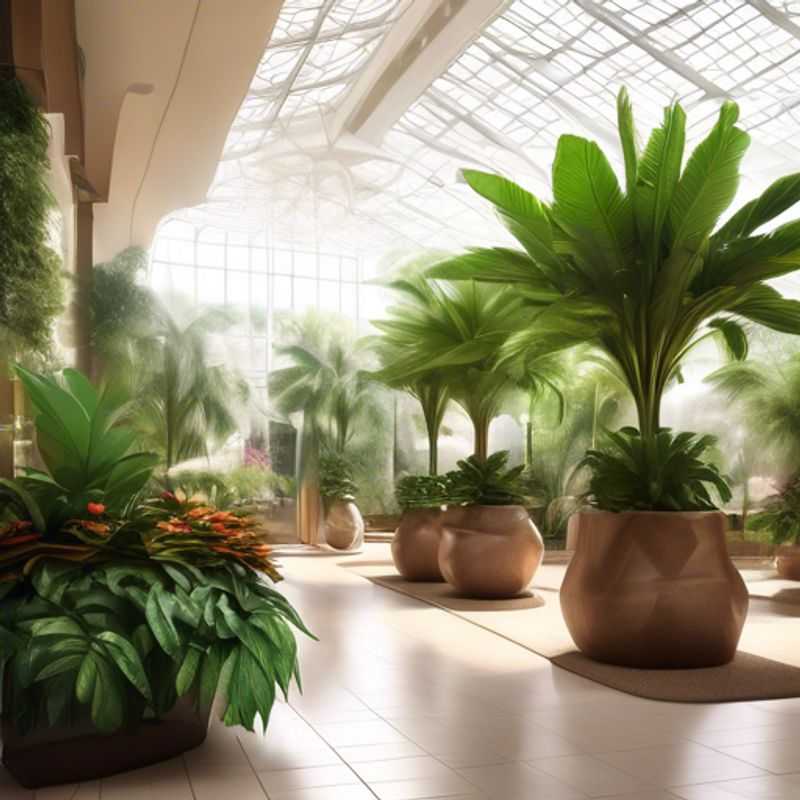
Measure Your Space, Research Care Requirements, Consider Lighting Conditions, Prepare Potting Soil and Container
Before embarking on the journey of bringing a large indoor plant home, it's crucial to consider a few essential factors to ensure a harmonious coexistence between you and your leafy companion. Here are the top four things to know before buying a large indoor plant:
1. Measure the Available Space: The first step is to measure the space where you envision your plant residing. Large plants can grow significantly, so it's vital to select a plant that will fit comfortably in its chosen spot without feeling cramped.
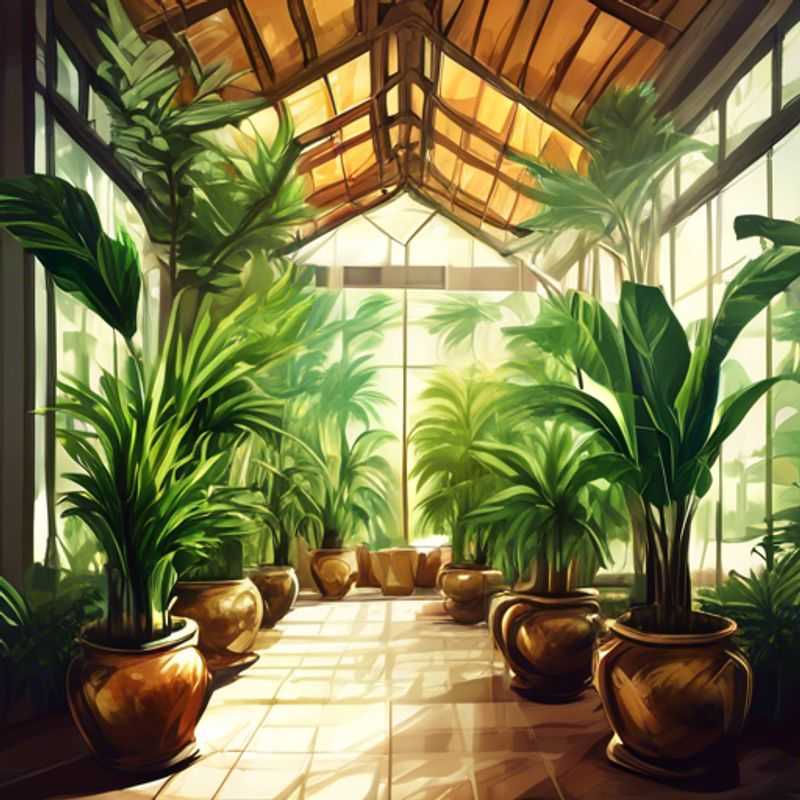
Measure Twice, Plant Once: How to Ensure Your New Greenery Fits
Before bringing a new plant home, it's crucial to ensure you have enough space for it. This is particularly important for larger plants, which can grow significantly over time. Measure the area where you intend to place the plant, considering its potential growth.
Measure the height, width, and depth of the space. You also need to take into account any obstacles, like furniture or other plants. If you are unsure, it's always better to err on the side of caution and choose a smaller plant. Once you have determined the available space, you can then select a plant that will fit comfortably.
Consider the plant's mature size. This information is usually available on plant tags or online. Research the plant's growth habits and how much space it will need over time. For example, some plants are known for their sprawling nature, while others are more compact. You can also visit local nurseries or garden centers to get expert advice on plant sizes and suitable locations in your home.
Don't forget about the pot. Consider the size of the pot you plan to use for your plant. The pot should be large enough to allow for root growth and water drainage. A bigger pot will provide more space for the plant to grow, but it will also require more water.
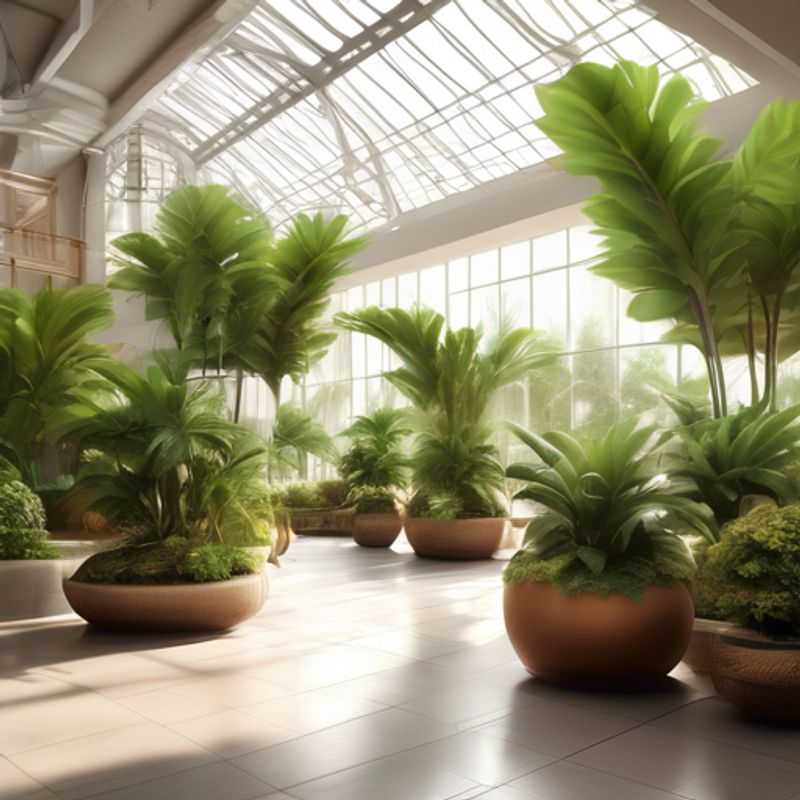
Unlocking the Secrets to Large Indoor Plant Care: Researching Specific Needs
Choosing the right large indoor plant is just the first step. To ensure its longevity and flourishing, understanding its specific care needs is crucial.
Light: Every plant has a specific light requirement, ranging from low to high. Consider the amount of natural light your home receives and choose a plant that thrives in those conditions. Insufficient light can cause stunted growth, while excessive light can scorch leaves.
Watering: Overwatering is a common cause of indoor plant demise. Learn the optimal watering frequency for your chosen plant. This can vary depending on the type, pot size, and environment.
Soil: The right soil is vital for proper drainage and nutrient absorption. Choose a well-draining potting mix designed for indoor plants.
Humidity: Some indoor plants require higher humidity levels than others. Consider using a humidifier or placing the plant near a natural source of moisture, like a bathroom.
Temperature: Most indoor plants thrive in temperatures similar to those comfortable for humans (65-75°F). Avoid drafts or extreme temperature fluctuations.
Fertilizer: Regular fertilization is essential for healthy growth, especially during the growing season. Choose a balanced liquid fertilizer specifically formulated for indoor plants and follow the instructions carefully.
Pests and Diseases: Be on the lookout for common indoor plant pests like aphids, spider mites, and mealybugs. Regular inspection and prompt treatment can prevent infestations.
Repotting: As your plant grows, it may need to be repotted into a larger container. Repotting provides fresh soil and more space for roots to grow.
Additional Considerations: Depending on the specific plant, you may need to consider additional care requirements like pruning, leaf cleaning, and winter dormancy.
Researching the specific care requirements for your chosen plant is crucial for its healthy development. This information is readily available online and in gardening books. By providing the right conditions, you can enjoy the beauty and benefits of your large indoor plant for years to come.
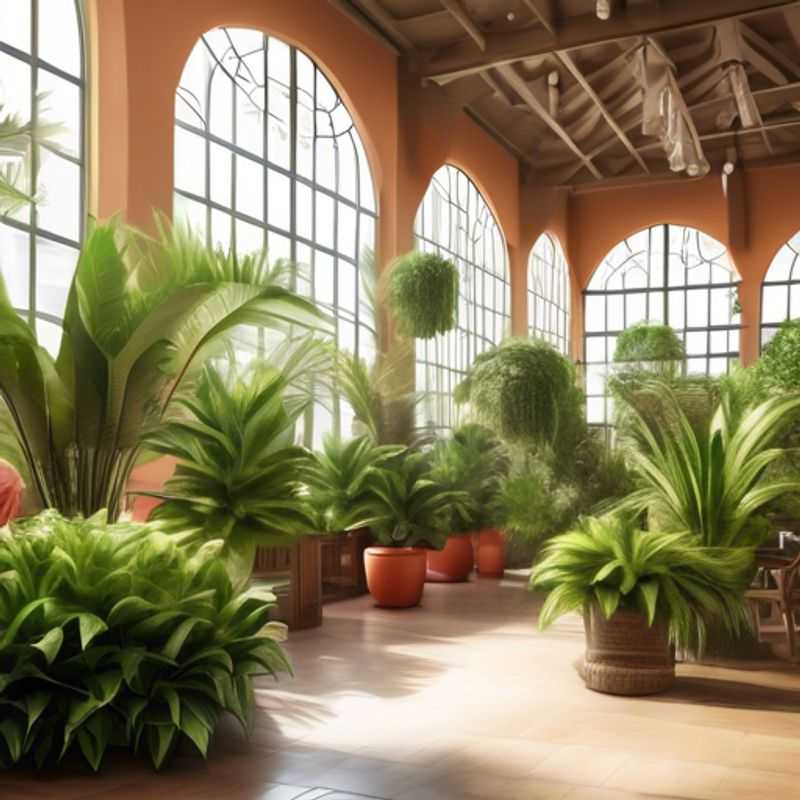
Lighting Conditions: A Key Factor in Plant Placement
Plants need light to survive, and the amount of light they need varies depending on the species. Consider the lighting conditions in the room where you plan to place your plant. If you have a dark room, you'll need to choose a plant that tolerates low light, like a snake plant or ZZ plant. If you have a sunny room, you'll have more options, but you'll need to make sure that the plant you choose can handle direct sunlight. Consider the amount of time the plant will be exposed to direct sunlight each day.
If you're not sure about the lighting requirements for your plant, you can always ask a local garden center or nursery for advice. They can help you choose a plant that's appropriate for your home's lighting conditions. You can also use a light meter to measure the light levels in your home.
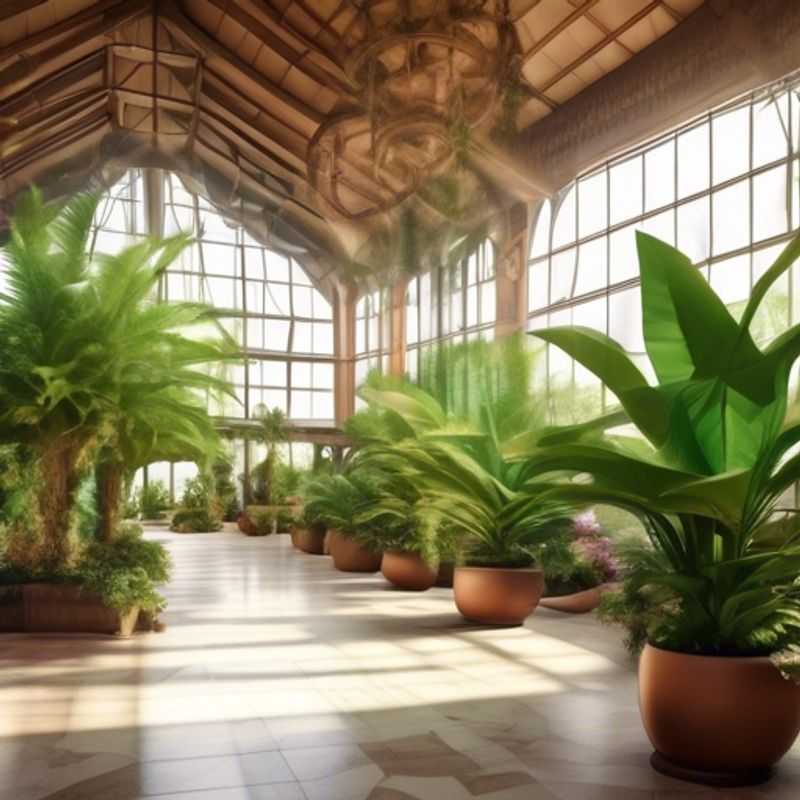
The Right Mix: Choosing Potting Soil and Containers for Your Plants
Choosing the right potting soil and container is crucial for healthy plant growth. Here's a quick guide:
Potting Soil: Opt for a well-draining, nutrient-rich mix. Look for a blend with peat moss, coco coir, vermiculite, or perlite. Avoid soils that are too dense or compact.
Container: The container's size and material influence drainage and water retention. For most plants, choose a container with drainage holes. Clay pots are porous and allow for good airflow, but they dry out faster. Plastic pots retain moisture longer. Consider the plant's root system when choosing the size.
Important Tip: Before planting, ensure both the container and potting soil are clean and free of disease-causing organisms.
